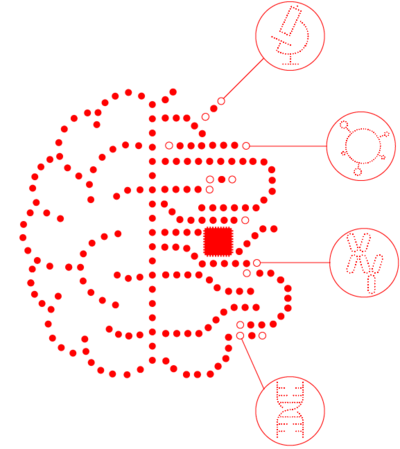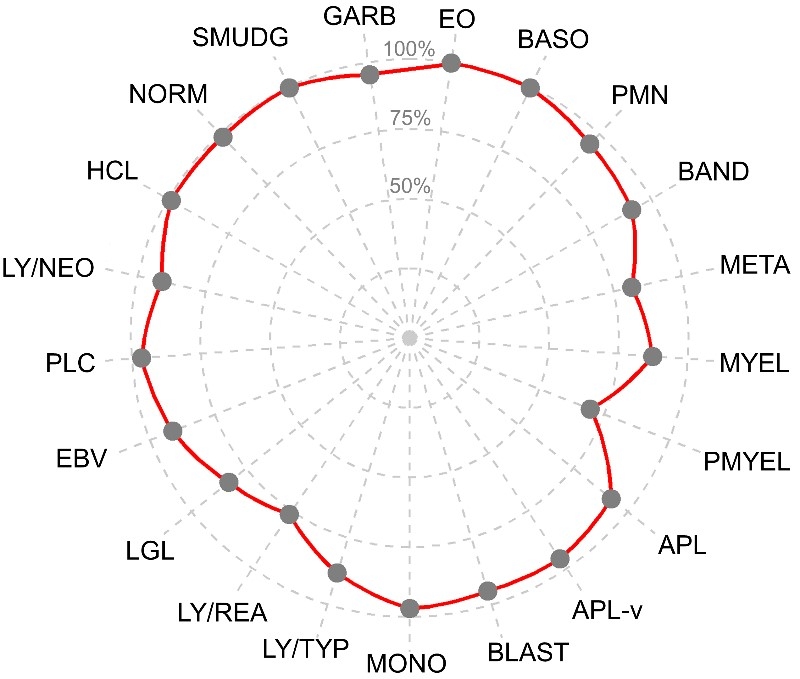MTLAs, doctors and artificial intelligence at MLL – a good team!
- so it's high time for an update on the latest developments and findings.

Cytomorphology

Immunophenotyping
Chromosome Analysis

Molecular Genetics
Molecular genetics is playing an increasingly important role in diagnostics. Sequencing in particular gives deep insight into the biology of disease patterns. However, there are also new challenges. Not every mutation identified is relevant for the disease pattern. When assessing the pathogenicity, the MLL Predictor a specially developed AI, can assist the diagnostician significantly.
The next step in molecular genetic diagnostics is genome-wide approaches. However, the data generated by sequencing the complete genome and transcriptome exceeds the possibilities of manual analyses. This is where AI can help and increase the output of this data considerably. In collaboration with AWS MLL is developing an algorithm that uses 5 aberration types to make a diagnostic prediction. To this end, genetic structural variants, single nucleotide variants (SNVs), copy number variants (CNVs), gene fusions, and gene expression data are read into the tool and evaluated by the AI. The algorithm has high precision already, especially for genetically unique entities. Current training is increasingly focused on genetically less well-defined entities that pose a major challenge to the algorithm.
The author

»Do you have questions regarding this article or do you need further information? Please send me an e-mail.«
Dr. rer. nat. Constanze Kühn
Medical Writer